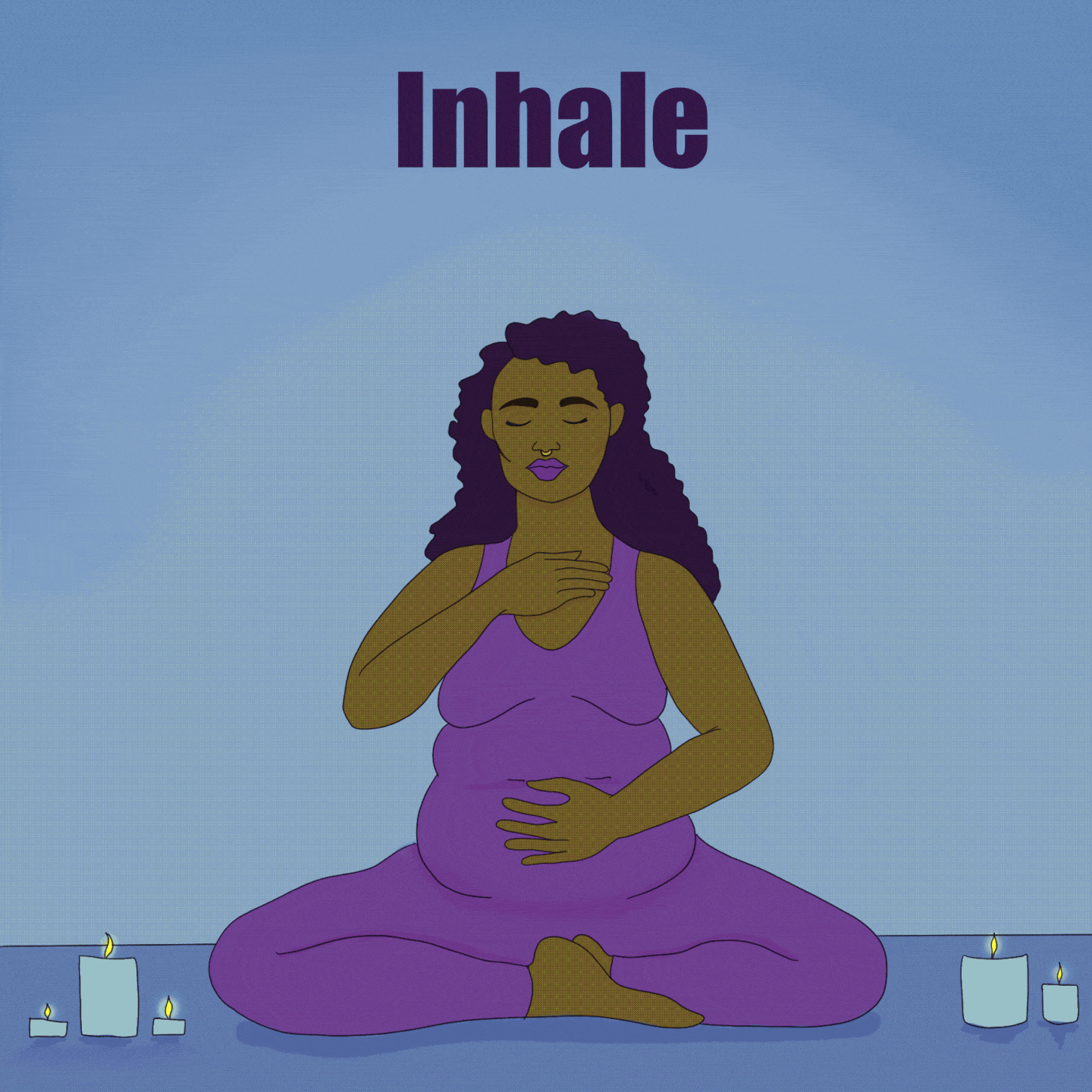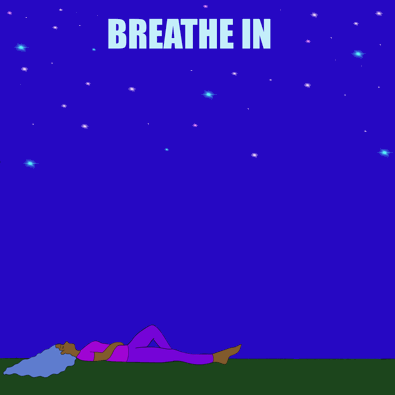4 Breathing Methods to Release Anxiety
Taking a moment to focus on your breathing throughout the day can help ground you, calm an anxious nervous system, and give you a moment of peace. When people panic, they tend to take short, shallow breaths. In contrast, slowing down and deepening your breath sends a signal to your brain that you are safe, thus calming you down.
For people who experience chronic stress or anxiety, it can be difficult to focus on your breathing or engage your diaphragm at first. If you have experienced trauma, becoming aware of your breath and by extension your body can also be uncomfortable and even triggering to some. Suddenly you might become aware that you are breathing shallowly, quickly, or it feels like there is a weight on your chest. If you are at this point, you might start your journey not on your breath, but by focusing on external sounds, parts of your body that feel light or neutral, or with engaging other senses before turning inward to your breath. If you are this point, working with a therapist can be especially helpful.
Wherever you are in your journey towards relaxation, anxiety relief, or finding inner peace, it is okay to go at your own pace. If you would like to explore breathing to manage anxiety, experiment with the 4 techniques below.
Engage your Diaphragm
Engaging your diaphragm helps deepen your breath and communicates to your brain that you are safe, calm, and can relax. To begin practicing this, place one hand over your heart, and the other on your stomach. As you breathe in, try to push the hand on your stomach out by breathing deeply into your belly. It can help to visualize your stomach expanding like a balloon. For added relaxation, take a moment to notice the weight of your hand on your heart and imagine sending yourself gratitude, compassion, or setting an intention.
Match Your Breathing to a Gif
Sometimes it can be helpful to focus on something visual to guide your breathing. Try matching your breath to one of the two gifs below or the one above. You might want to simply inhale or exhale deeply.
Some people find it helpful to hold their breath briefly before exhaling as demonstrated.
Click here for more Gifs that you can use. Pull them up on your phone or computer to use when you want a peaceful moment, need a break, or want to calm down.
Use Your Hand As a Guide
Slowly use a finger to trace the outside of the fingers on your other hand. Inhale, every time you go up a finger. Exhale when you travel down a finger. Concentrate on the sensation of your finger tracing your other fingers. Repeat on all 5 fingers and continue this practice for as long as you like. Experimenting with varying the speed until you find a rhythm that feels right for you.
4-7-8
Studies have shown this rhythm helps reduce anxiety. Inhale for a count of 4 seconds, hold for a count of 7 seconds, and exhale for a count of 8 seconds. This can be challenging at first, but with practice becomes easier and more relaxing. To exhale for longer periods, try breathing out through your mouth with your lips pursed as if you were slowly blowing out a candle.
Remember to be kind and patient with yourself as you try these methods. There is no shame in having a difficult time focusing on your breath. We live in a fast past paced culture that constantly sends messages that we need to be busy and productive. Taking time to slow down and simply exist with your breath runs counter to this. It is okay to take time out of your day to breath. Good luck!


